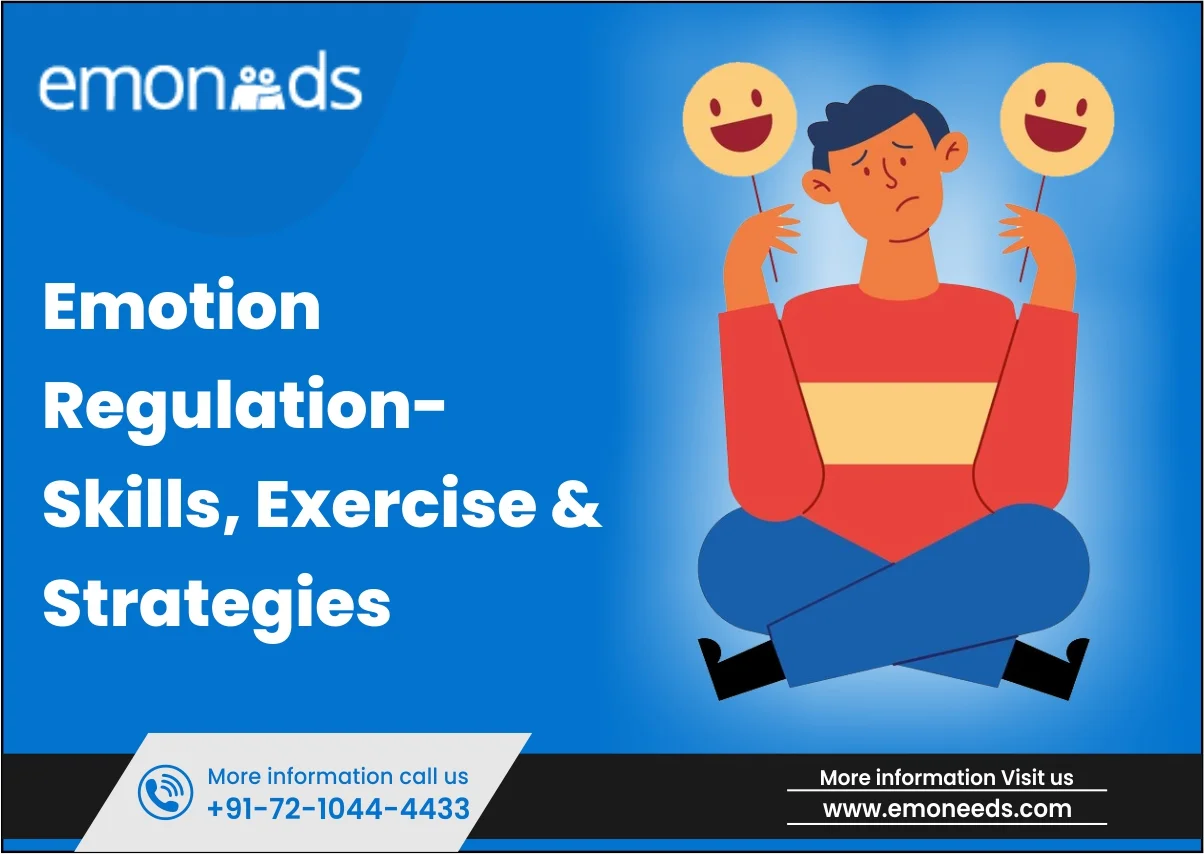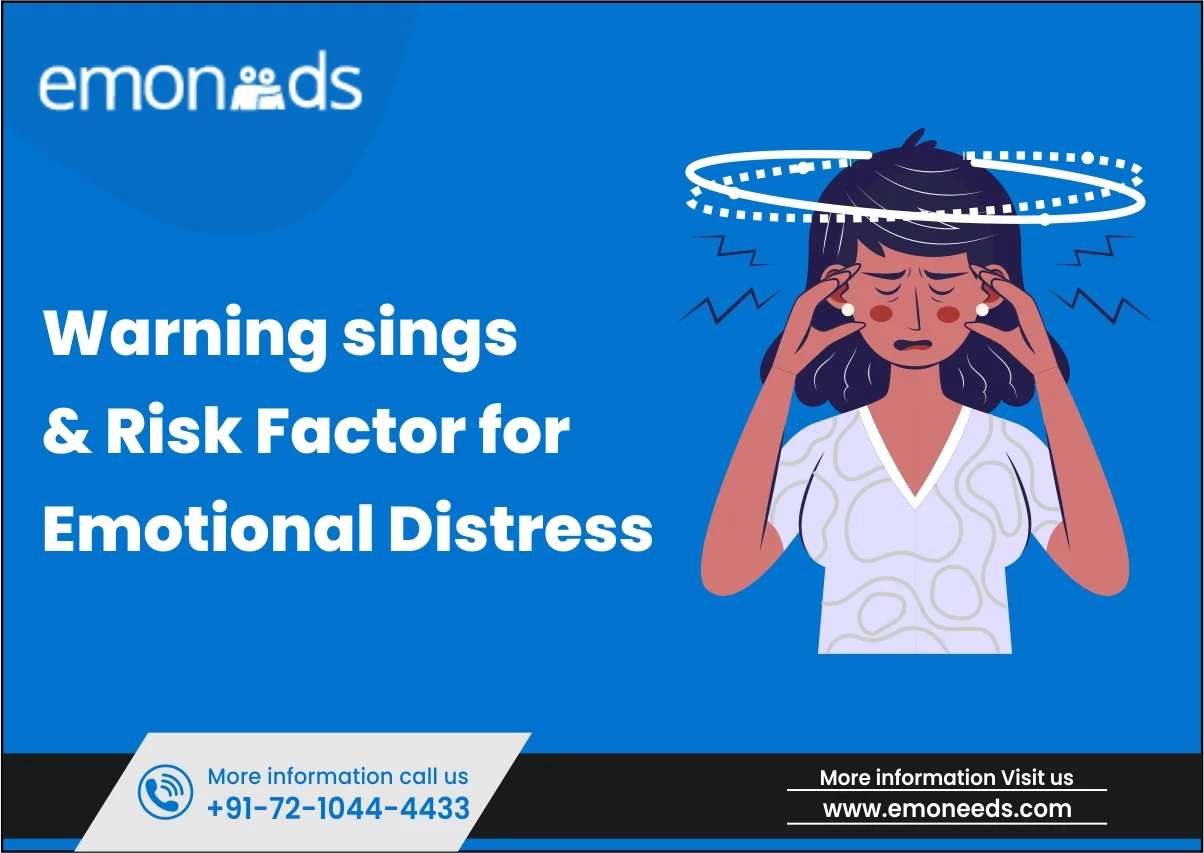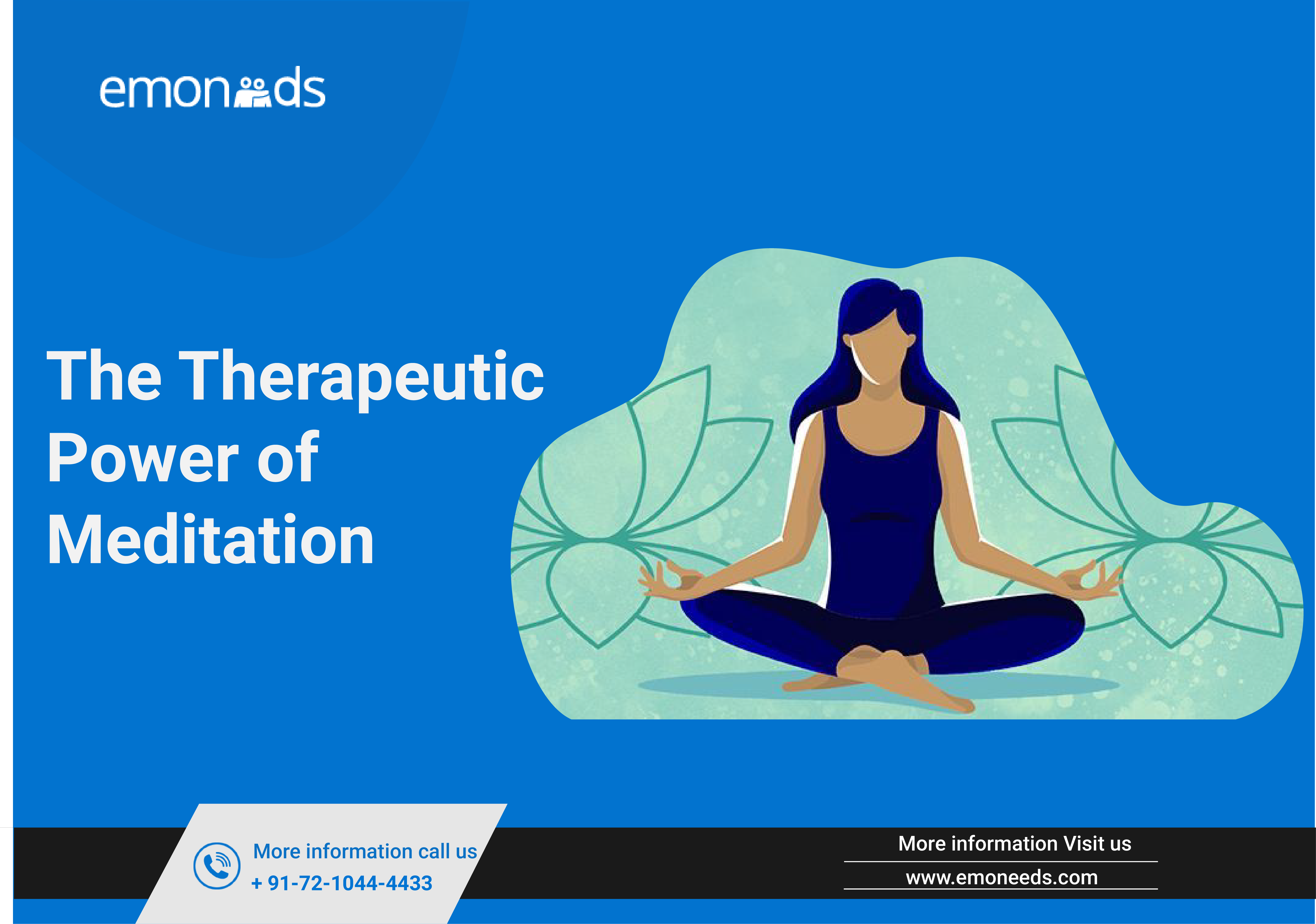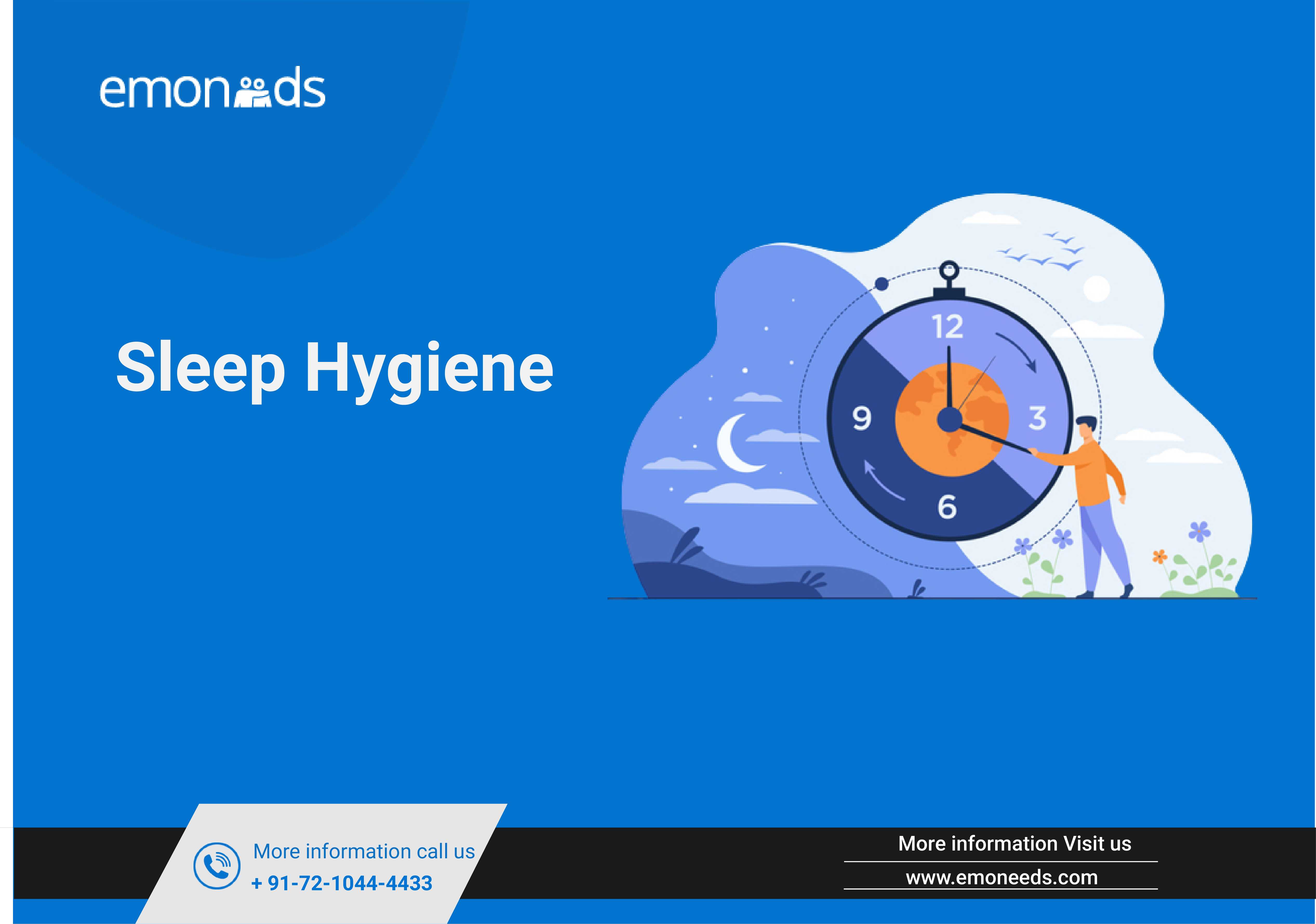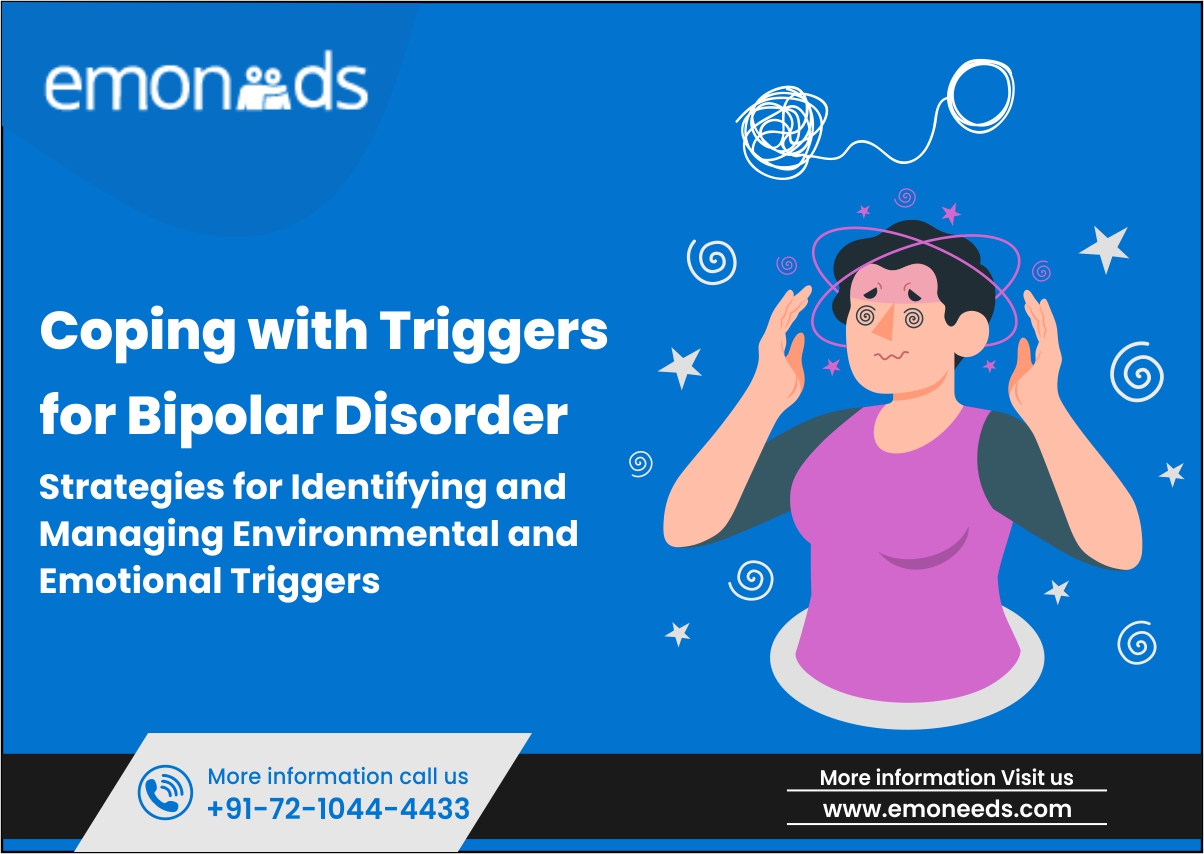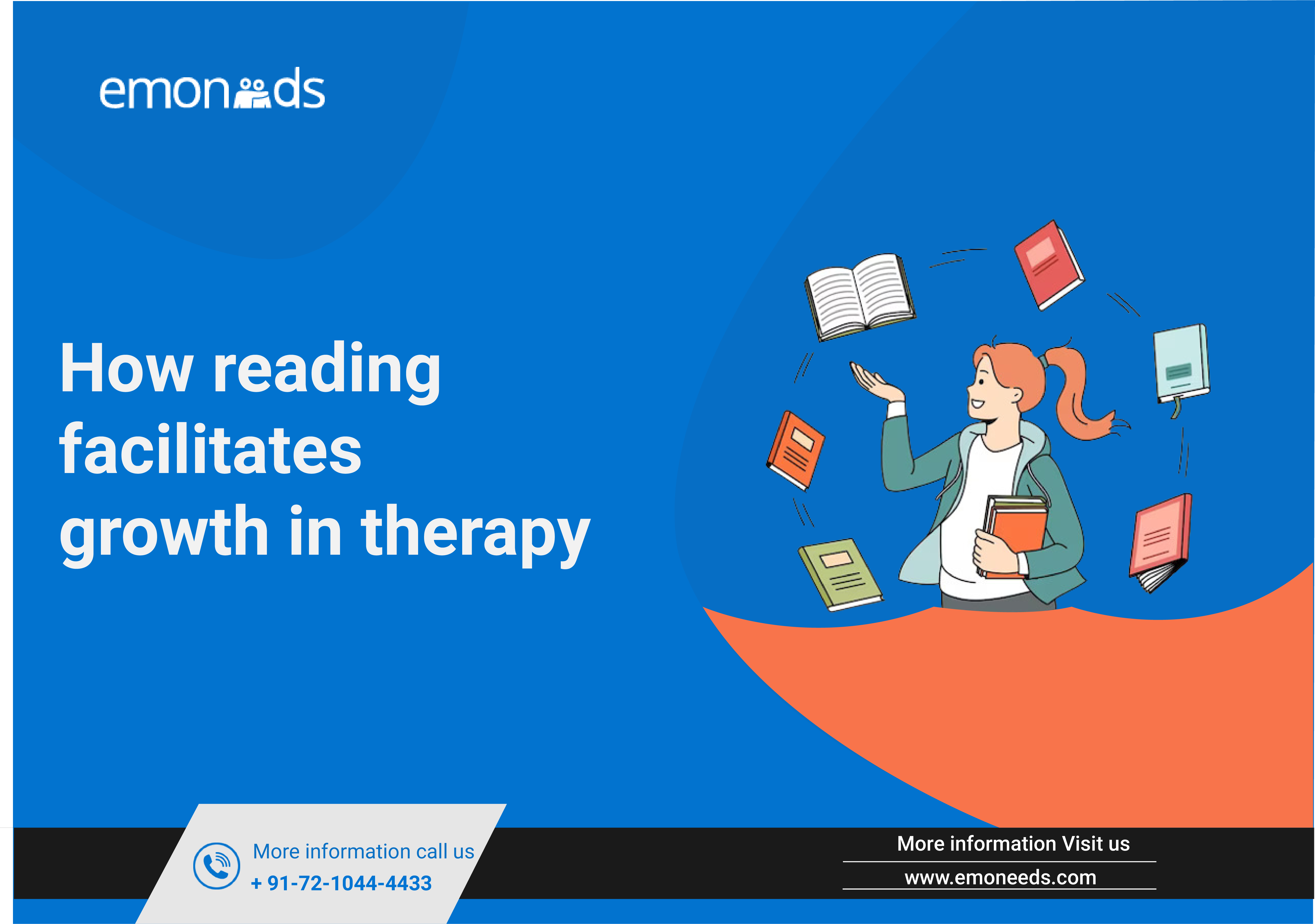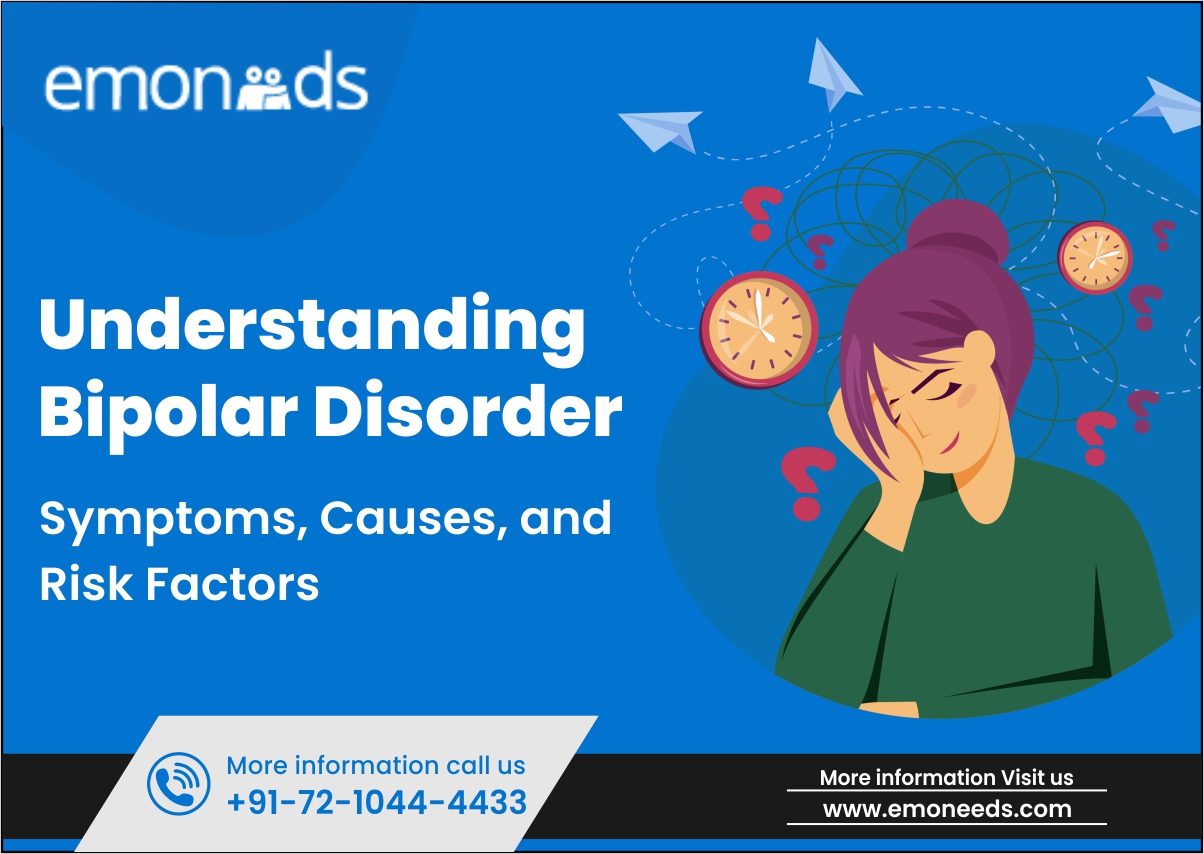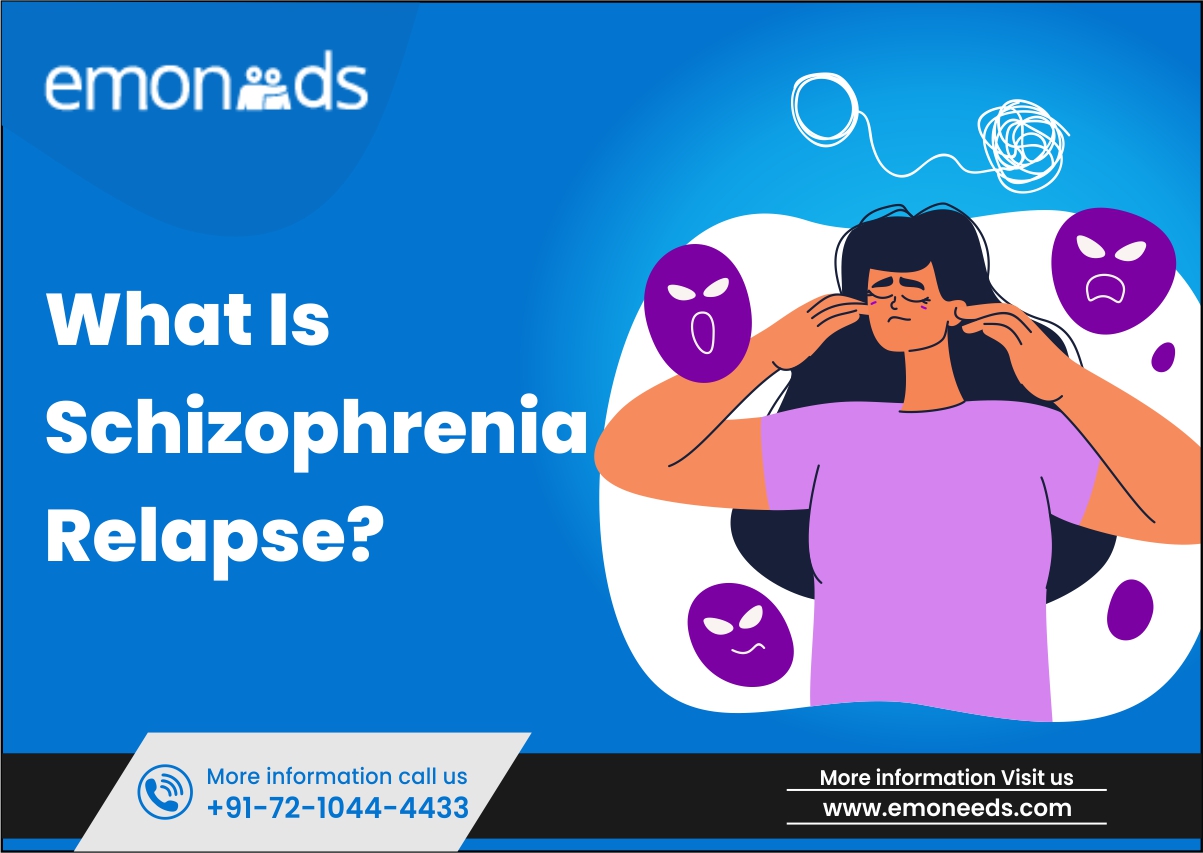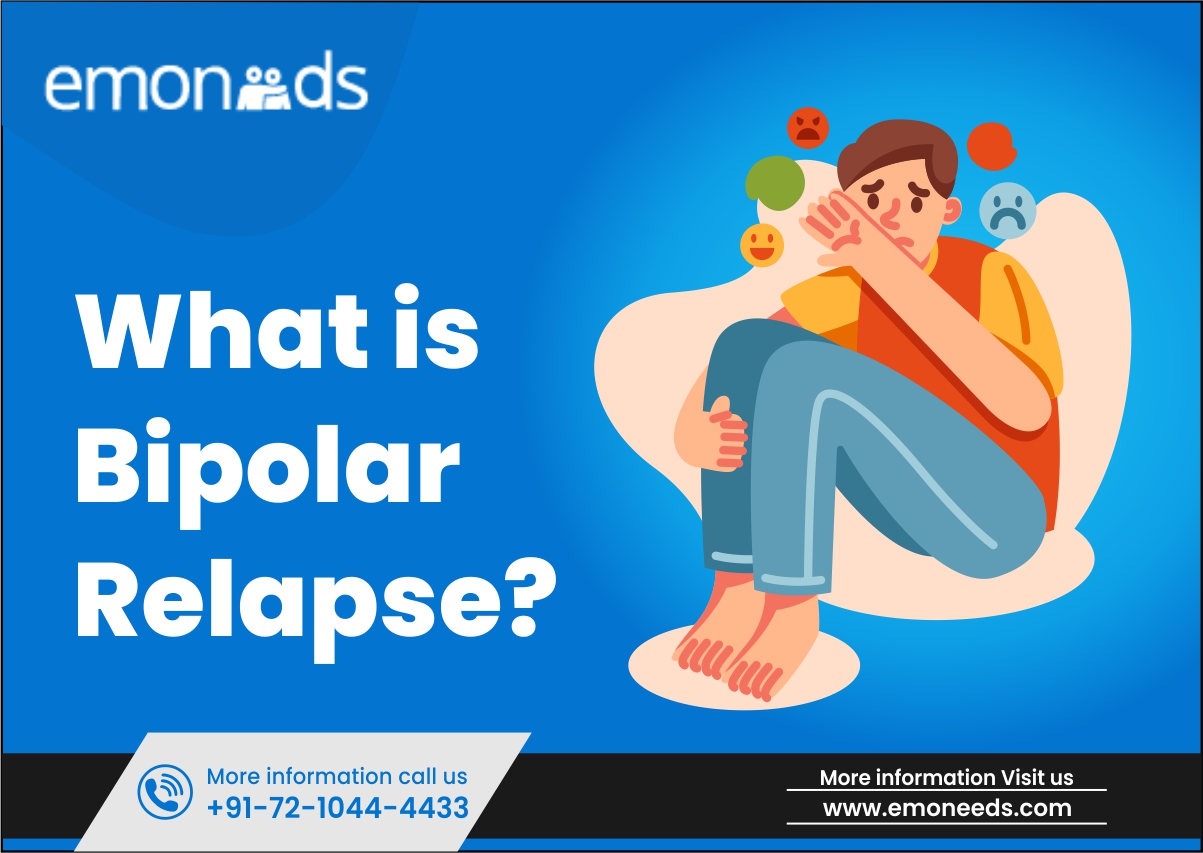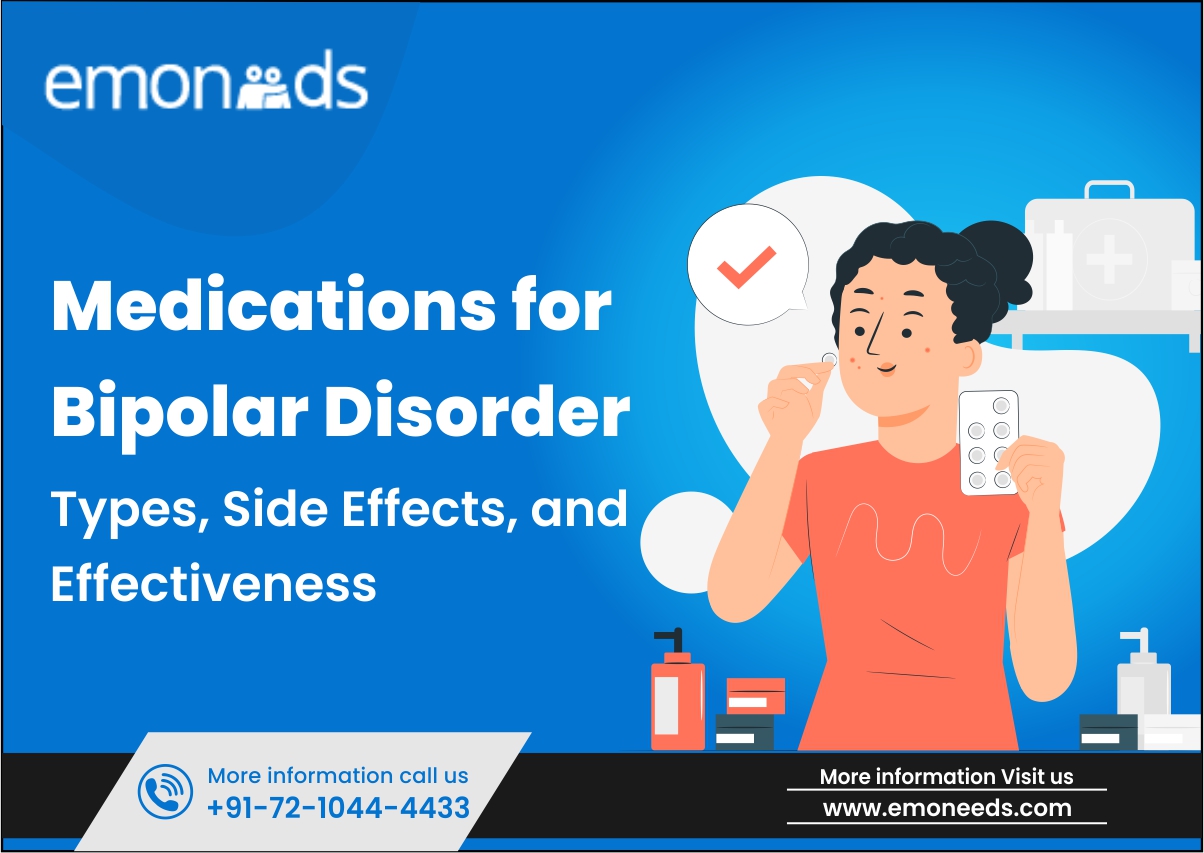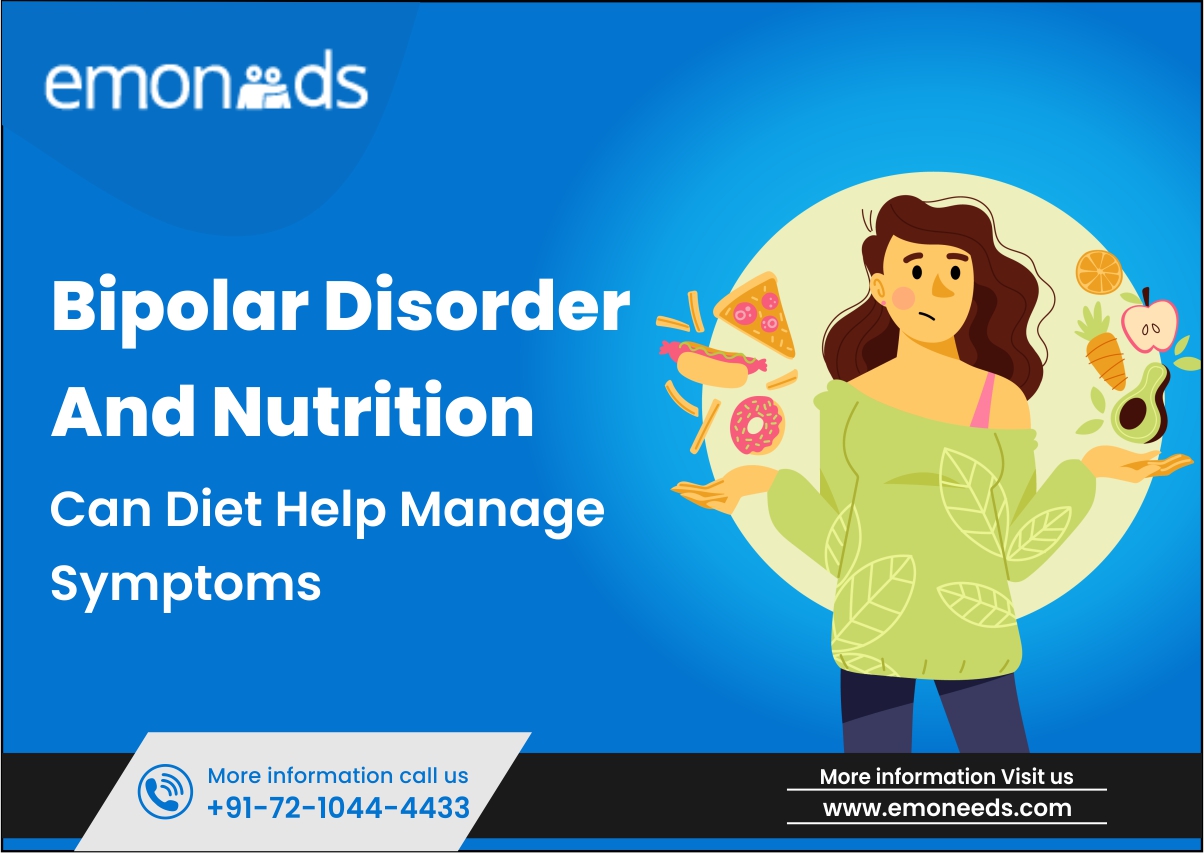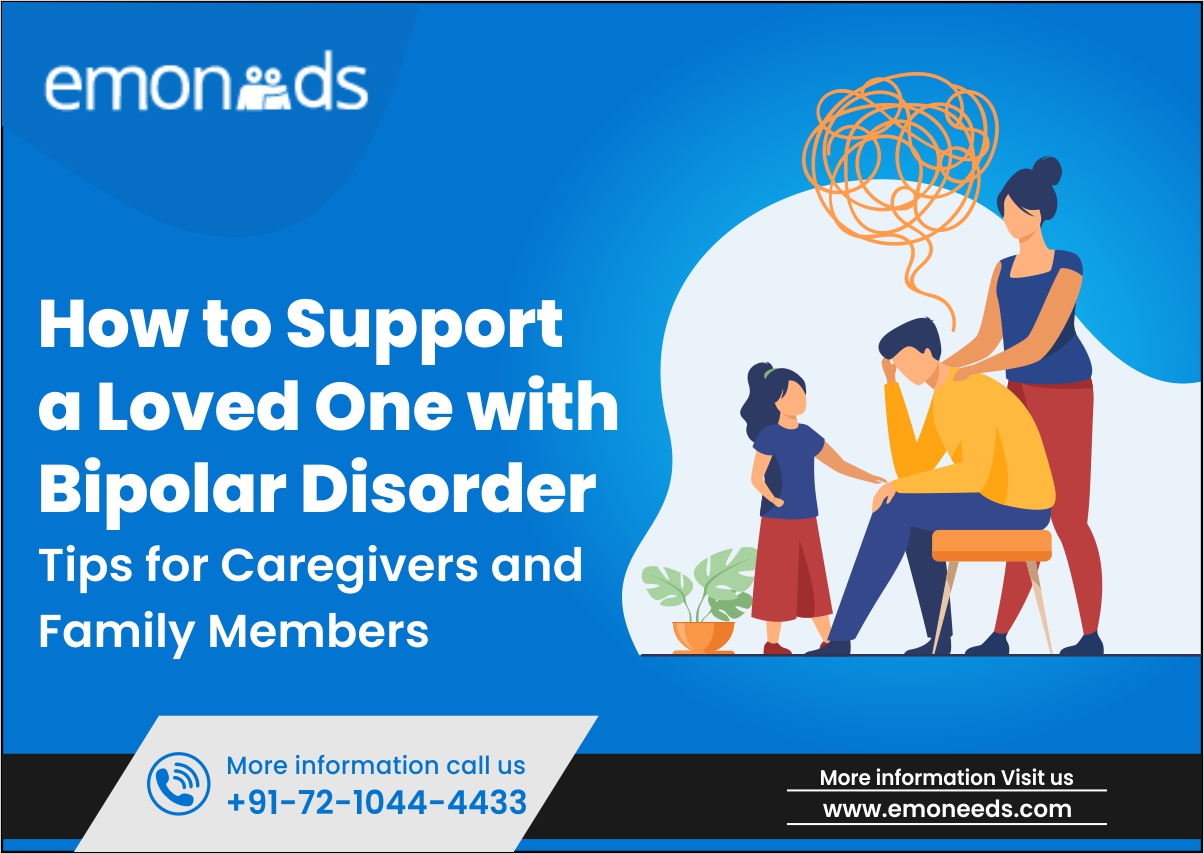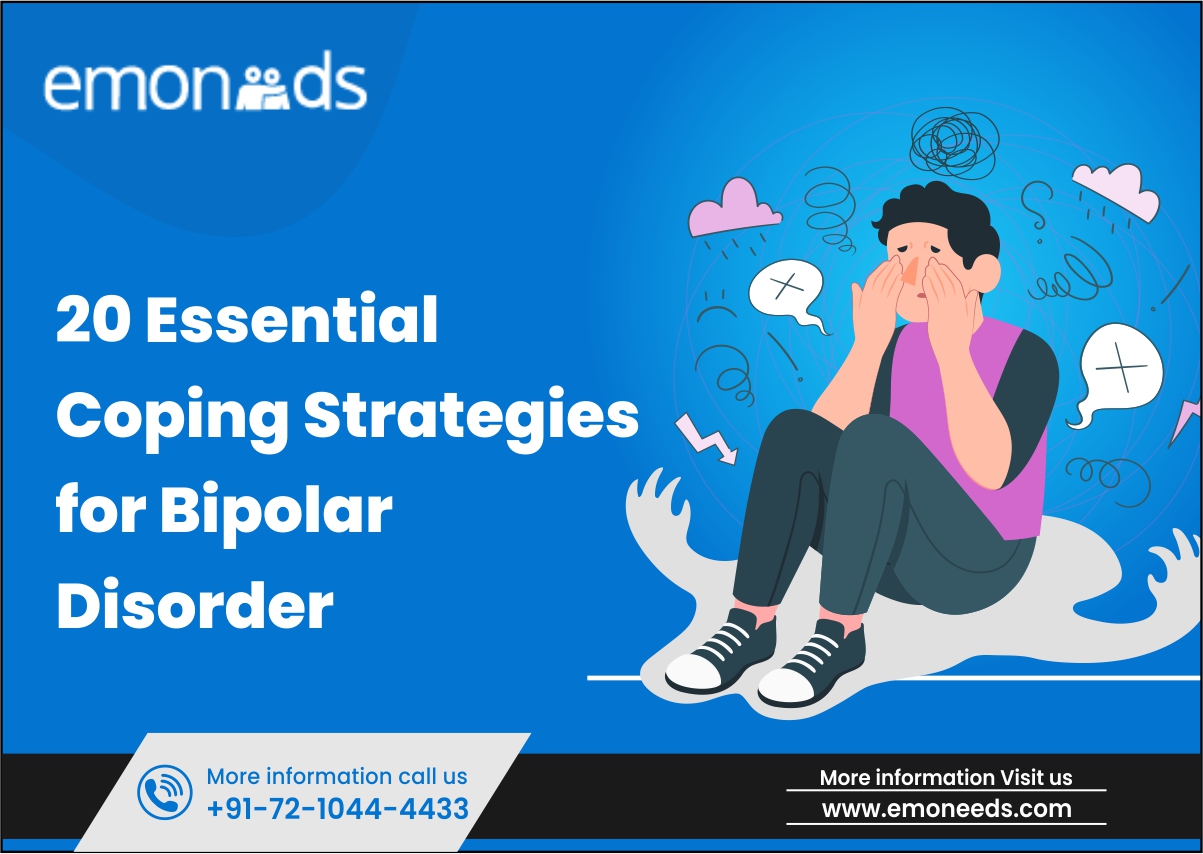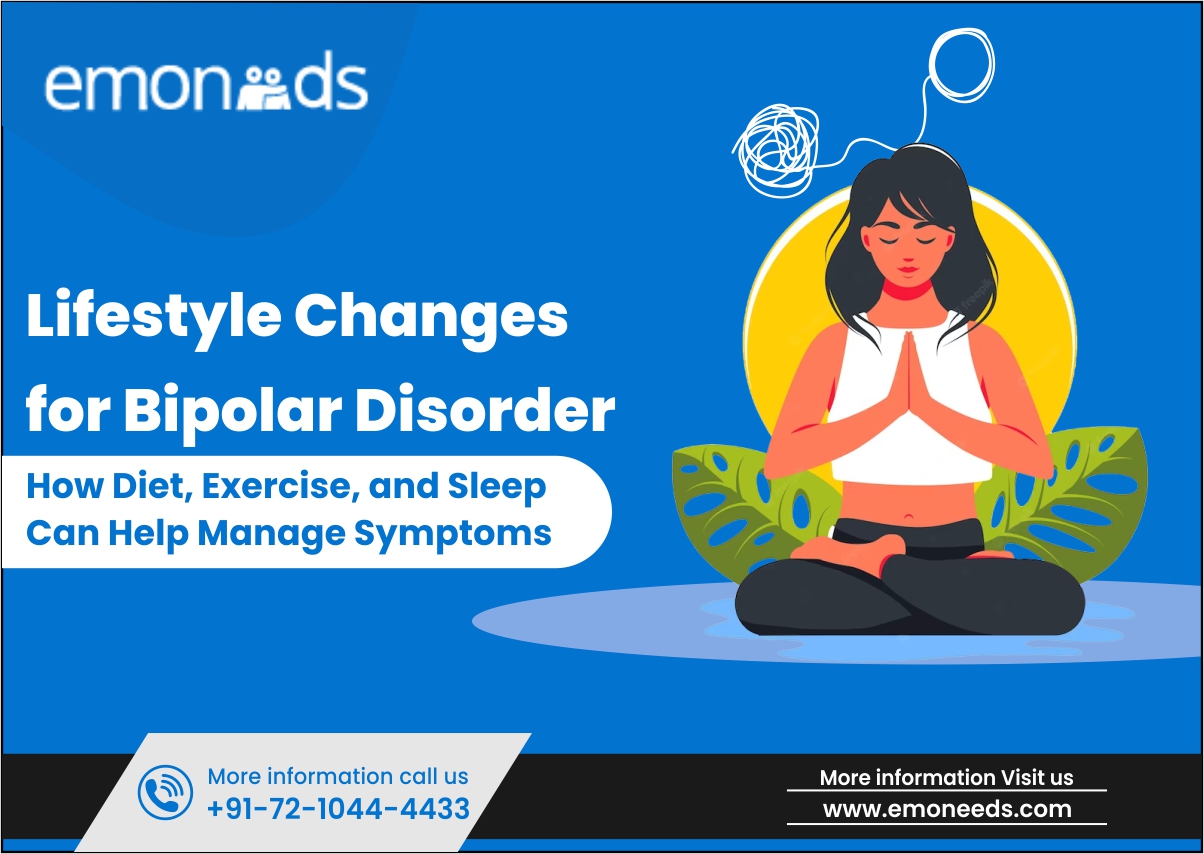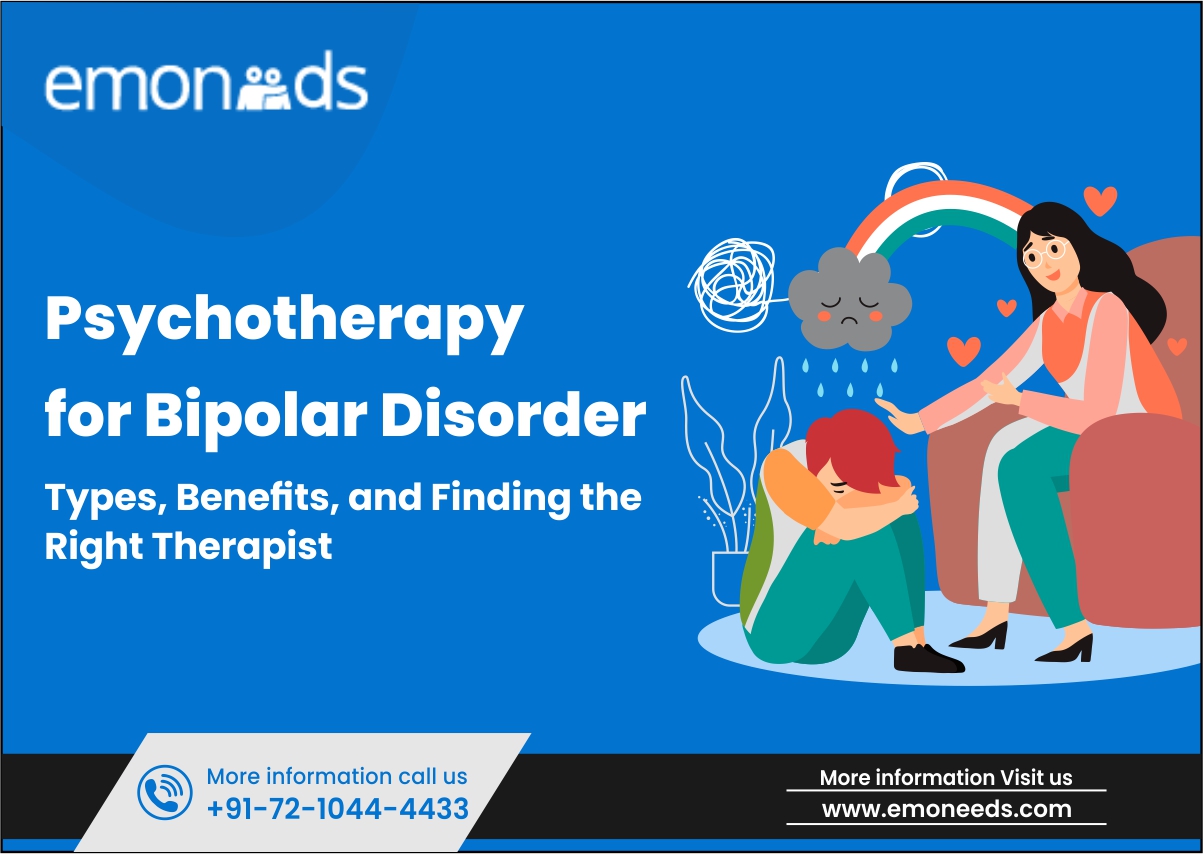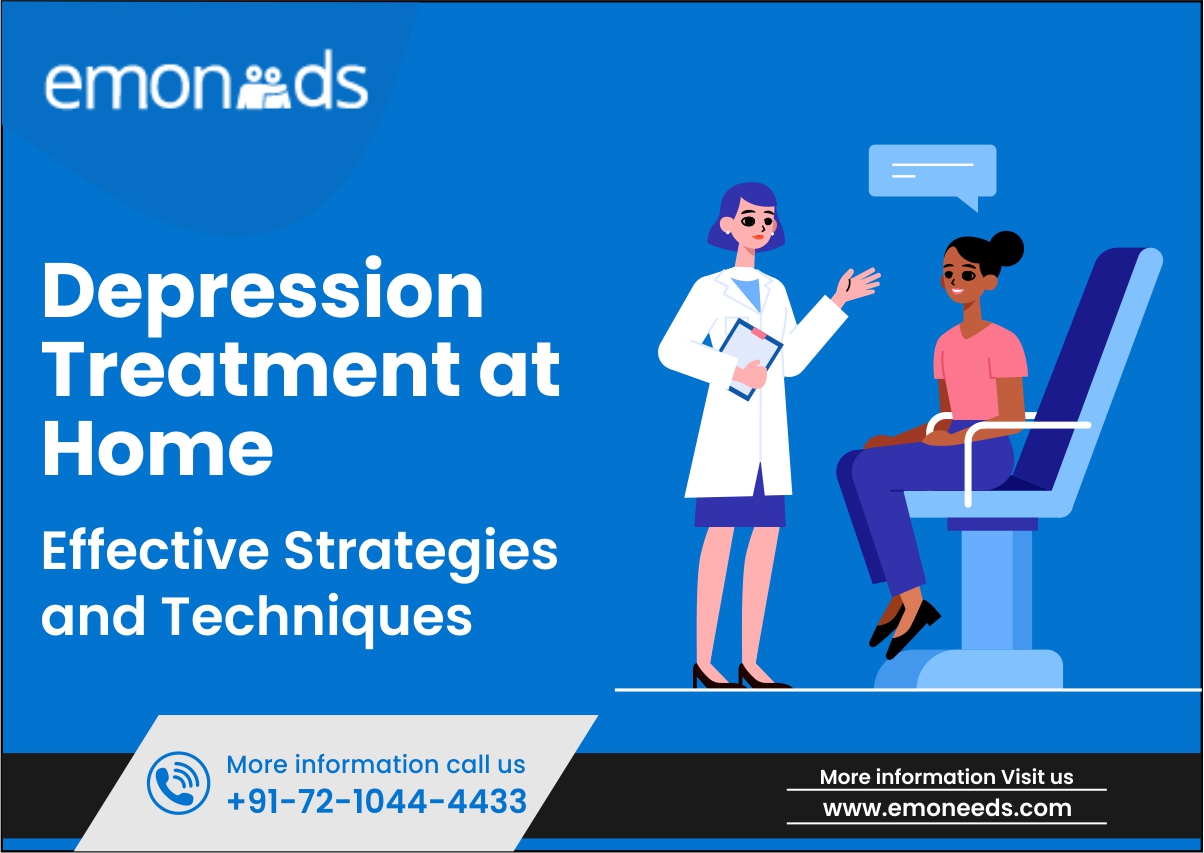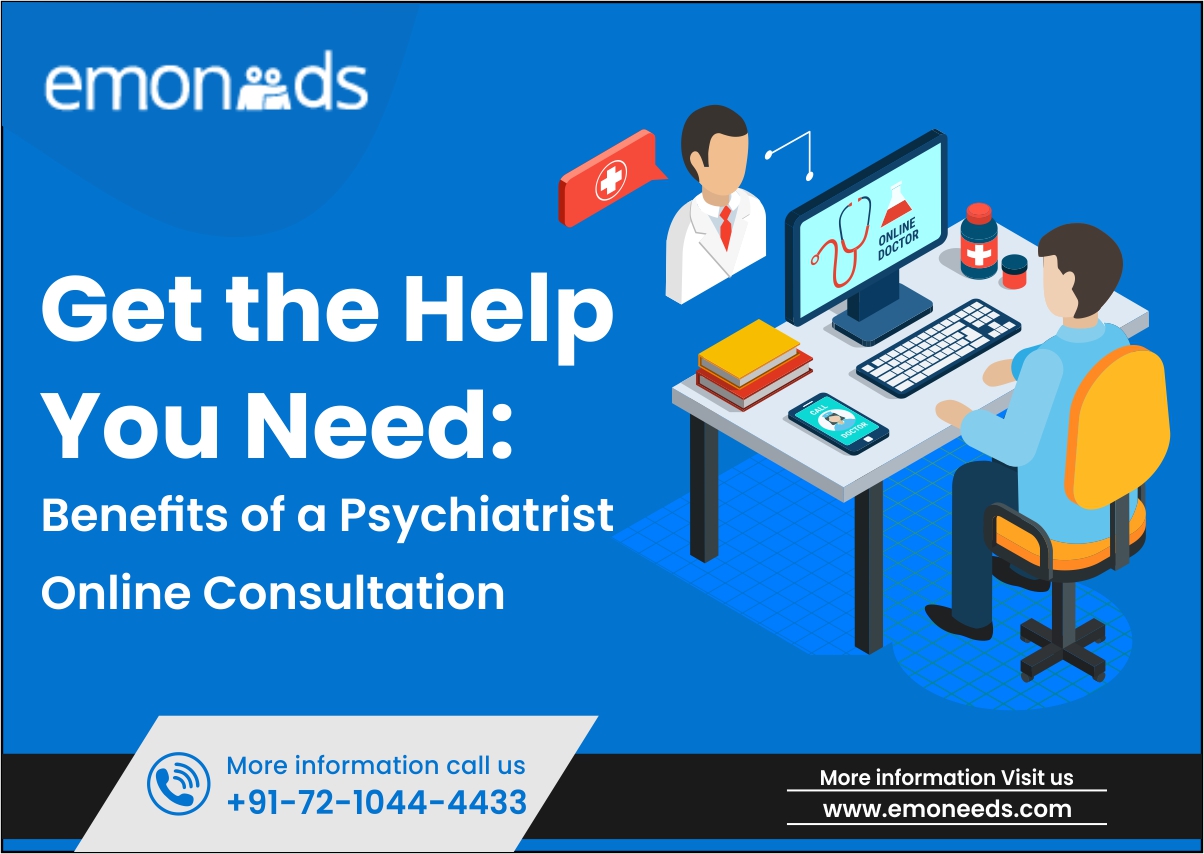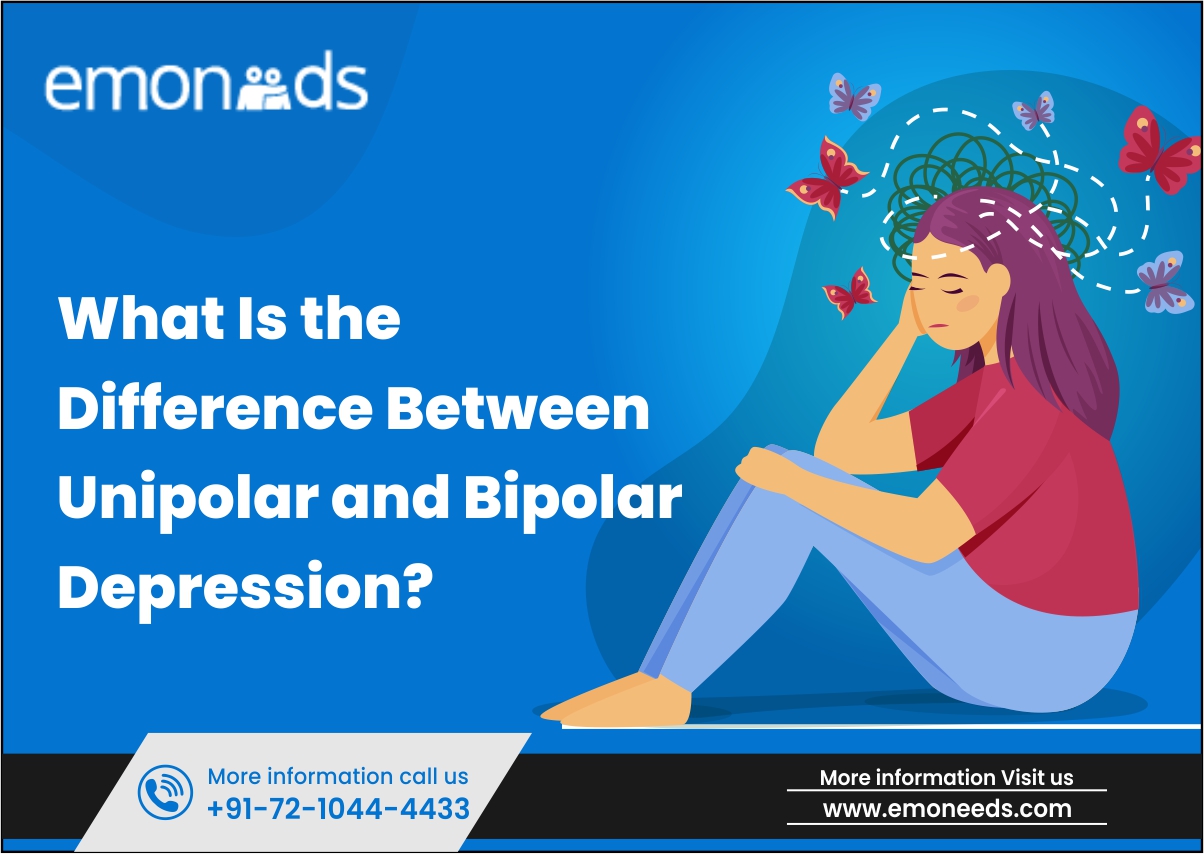
- July 27, 2023
- Saloni Kabra
- 0
Depression is a pervasive mental health condition that affects millions of individuals worldwide. Its impact can be devastating, not only for those directly experiencing it but also for their loved ones and society as a whole. Understanding the different types of depression is crucial for accurate diagnosis and effective treatment. In this blog, we delve into the nuances between unipolar and bipolar depression, shedding light on their unique characteristics and implications.
Table of Contents
ToggleUnderstanding Unipolar Depression
Unipolar depression, also known as major depressive disorder, is one of the most common forms of depression. It is characterized by persistent feelings of sadness, hopelessness, and a loss of interest in once-enjoyed activities. The prevalence of unipolar depression in society is alarmingly high, affecting people from all walks of life.
The causes of unipolar depression can be multifaceted, involving a combination of genetic, biological, environmental, and psychological factors. Life events such as trauma, loss, or chronic stress can trigger its onset. Symptoms may vary from person to person, but common experiences include a pervasive sense of emptiness, changes in appetite and sleep patterns, fatigue, and difficulty concentrating.
Living with unipolar depression can be an arduous journey. Everyday tasks become overwhelming, and relationships may suffer due to the emotional burden carried by individuals. Seeking professional help is vital for accurate diagnosis and the formulation of a comprehensive treatment plan.
Unveiling Bipolar Depression
Bipolar depression, also known as bipolar disorder, is a complex mental health condition characterized by distinct mood swings. There are two primary subtypes of bipolar disorder bipolar I and bipolar II.
Bipolar I disorder is characterized by manic episodes that can last for several weeks. During these episodes, individuals experience elevated mood, high energy levels, racing thoughts, and impulsive behavior. These manic episodes are often followed by periods of depression, which share similarities with unipolar depression.
Bipolar II disorder, on the other hand, involves hypomanic episodes that are less severe than full-blown mania. Hypomania is marked by an increased energy level, elevated mood, and heightened productivity. Depressive episodes are also present in bipolar II disorder.
The development of bipolar depression is influenced by a combination of genetic predisposition, imbalances in brain chemistry, and environmental triggers. Identifying the factors contributing to an individual’s bipolar disorder can aid in understanding the condition and developing effective treatment strategies.
The symptoms experienced during manic and depressive episodes can significantly disrupt an individual’s life. Relationships may be strained, work productivity may be affected, and overall well-being can be impacted. Early diagnosis of bipolar depression is crucial to initiate a comprehensive treatment plan that addresses both manic and depressive episodes.
Managing bipolar depression requires a multidimensional approach, including medication to stabilize mood swings, therapy to develop coping strategies, and lifestyle modifications to support overall mental health. With proper diagnosis, treatment, and support, individuals with bipolar depression can effectively manage their condition and lead fulfilling lives.
Comparative Analysis
Mood Swings
Unipolar depression is characterized by a consistently low mood, whereas bipolar depression involves extreme mood swings between depressive and manic episodes. The emotional rollercoaster of bipolar depression can be intense, with periods of heightened energy, irritability, and impulsivity contrasting with the depths of despair during depressive episodes.
Duration and Frequency of Episodes
In unipolar depression, depressive episodes can persist for months or even years, with a relatively stable mood in between. In contrast, bipolar depression presents distinct episodes of varying lengths. Manic episodes can last for days or weeks, followed by depressive episodes that can also extend for weeks or months.
Severity of Symptoms
The severity of depressive symptoms in unipolar depression can be debilitating, often characterized by a persistent feeling of sadness, loss of interest, and difficulty functioning. In bipolar depression, the severity of symptoms fluctuates depending on the episode. Manic episodes are marked by heightened energy, racing thoughts, and impulsive behavior, while depressive episodes bring about feelings of hopelessness, worthlessness, and a loss of pleasure in activities.
Diagnostic Challenges
Differentiating between unipolar and bipolar depression can be challenging due to overlapping symptoms and varying presentations. The presence of manic or hypomanic episodes is a distinguishing factor for bipolar depression, but individuals may initially seek help during a depressive episode, leading to a misdiagnosis of unipolar depression. Accurate diagnosis is crucial for developing an appropriate treatment plan and ensuring the most effective interventions are implemented.
Treatment Approaches
Treating unipolar and bipolar depression involves distinct approaches. Unipolar depression is often managed through a combination of antidepressant medication, therapy, and lifestyle changes. In bipolar depression, treatment may include mood stabilizers to manage manic episodes and antidepressants or other medications for depressive episodes. Additionally, therapy plays a crucial role in helping individuals cope with the challenges of bipolar depression and develop strategies for mood regulation.
Prognosis and Long-Term Outcomes
The long-term outcomes of unipolar and bipolar depression can vary. With proper treatment and support, individuals with unipolar depression often experience symptom relief and improved quality of life. However, the risk of recurrence and the potential for chronicity should not be overlooked. For bipolar depression, adherence to treatment and effective management of mood swings are vital for achieving stability and preventing relapses. Regular follow-up with healthcare professionals and ongoing support play essential roles in maintaining overall well-being.
Coping Strategies and Support
Living with depression, whether unipolar or bipolar, can be challenging, but there are coping strategies that can help individuals manage their condition. Self-care practices, such as regular exercise, maintaining a healthy lifestyle, and incorporating stress reduction techniques like mindfulness or meditation, can be beneficial. Seeking therapy, joining support groups, and building a strong support network of understanding individuals can provide invaluable assistance in navigating the complexities of depression.
Conclusion
Unipolar and bipolar depression are distinct yet interconnected manifestations of depression. Understanding the differences between these two conditions is crucial for accurate diagnosis and effective treatment. By shedding light on the unique characteristics of unipolar and bipolar depression, we hope to encourage individuals to seek help, provide support to those affected, and break the stigma surrounding mental health. With the right support, treatment, and coping strategies, individuals with depression can find hope and lead fulfilling lives.
If you or someone you know is struggling with depression, consider visiting Emoneeds—an online platform dedicated to mental health support. Emoneeds offers a range of resources, including therapy options, support groups, and educational materials, to help individuals navigate their journey toward recovery. Remember, seeking help is a sign of strength, and Emoneeds is here to support you every step of the way. Don’t hesitate to reach out and start your path toward healing today.
DBT emphasizes “mindfulness” practice. Mindfulness develops awareness of emotion, awareness of behavior, and awareness of one’s surroundings, allowing people to observe and accept their current experience without being judgmental. DBT therapists help individuals understand their patterns of emotion regulation, their impact on various aspects of lives, recognize them, and learn healthy skills to express emotions and cope with distressing situations. “Emotion regulation skills” learned through DBT help people deal with their vulnerability to rapid and intense emotional reactions.
People with emotional dysregulation have a lower level of tolerance for distress. A lower distress tolerance level impacts one’s ability to make decisions, which again leads to impulsive or self-destructive behavior. DBT places strong emphasis on enhancing the “distress tolerance skill”. Distress tolerance skills help individuals navigate challenging circumstances and emotions until they are able to respond in an effective way. As a result, such skills help them manage impulsive behaviors and self-destructive tendencies.
Another main focus of DBT is to improve interpersonal skills and help people develop healthy relationships. The “interpersonal effectiveness skills” that one acquires through DBT improve Individuals’ communication, assertiveness, and problem-solving abilities, helping them to manage relationships in a healthier and more adaptable manner. DBT also teaches how to establish healthy boundaries so that one may take care of oneself and have healthier relationships. When disputes occur, DBT skills assist in dealing with them constructively and finding solutions that work.
DBT boosts resilience by providing individuals with practical skills for navigating life’s problems, improving well-being, and creating a more fulfilling and balanced existence.
